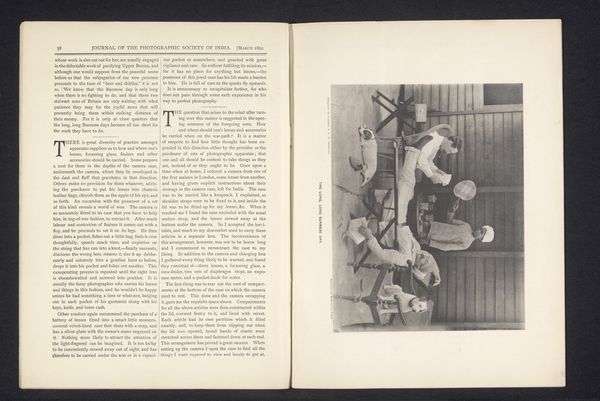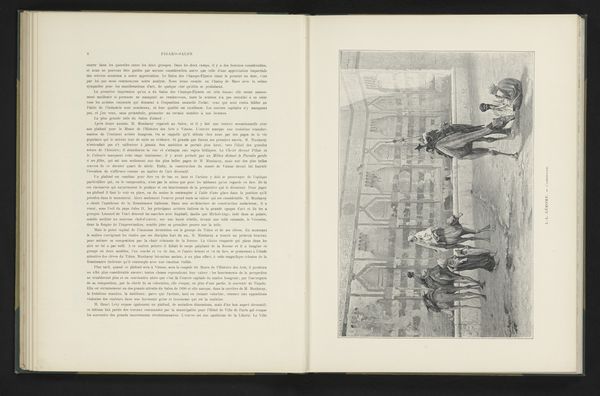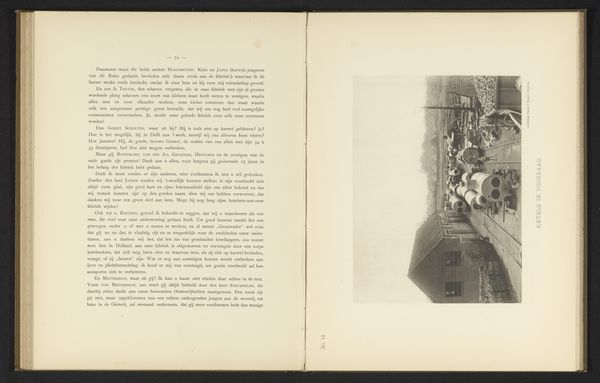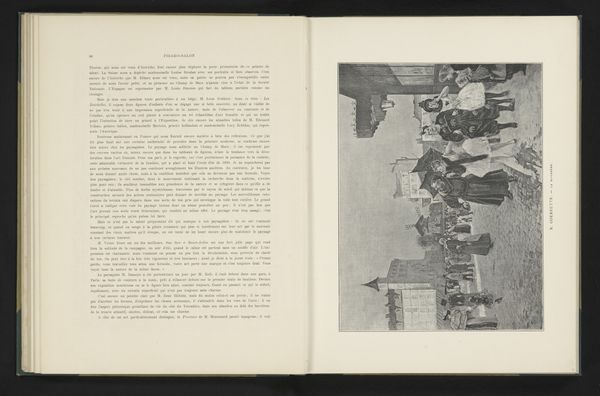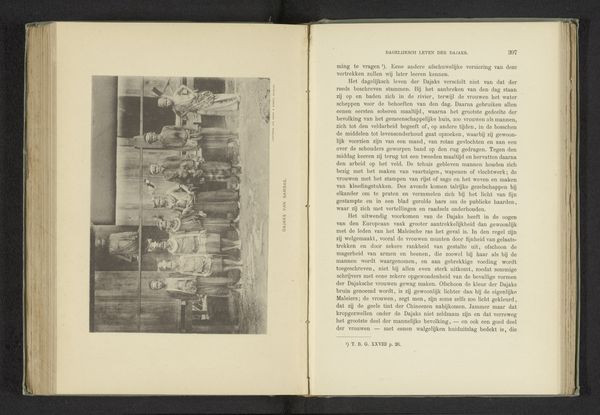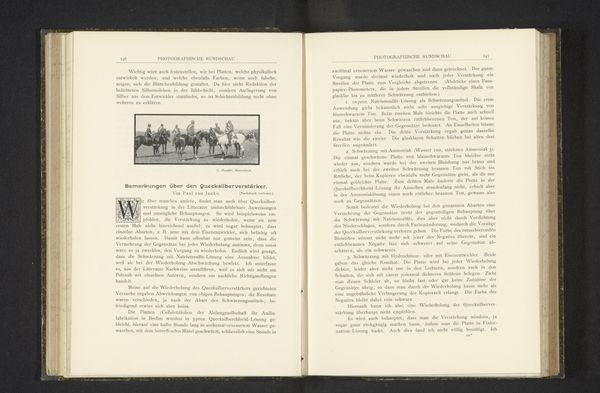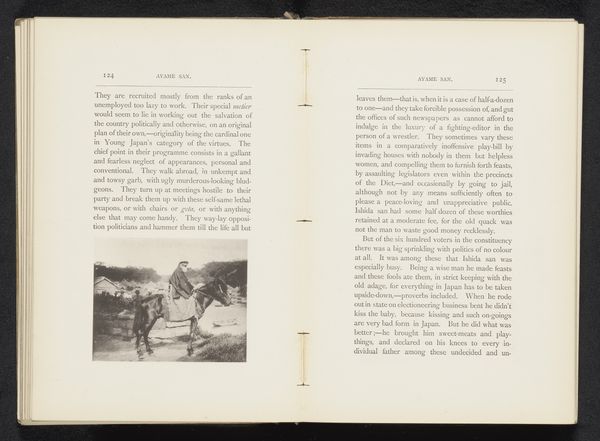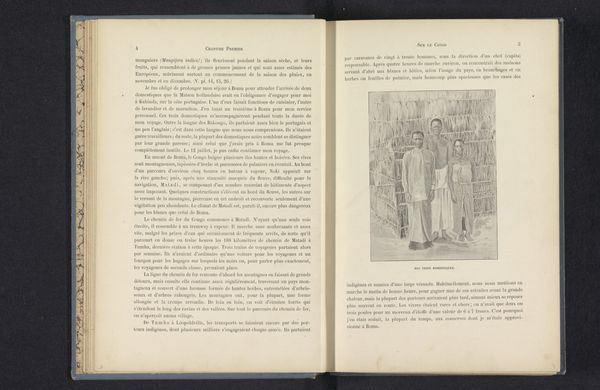
print, photography, gelatin-silver-print
#
portrait
# print
#
asian-art
#
photography
#
photojournalism
#
group-portraits
#
orientalism
#
gelatin-silver-print
Dimensions: height 154 mm, width 202 mm
Copyright: Rijks Museum: Open Domain
Curator: This photograph, titled "Drie mannen met boeken en drie vrouwen uit Birma voor een huis" by A.G.E. Newland, dates to around 1892. It's a gelatin silver print. It’s a quiet scene, almost staged. I’m curious about what lies beneath its surface. What do you see here? Editor: It strikes me as a portrait, yet it feels less about individuality and more about representing a social dynamic. Three European men, seemingly academics, are posed with three Burmese women outside what I assume is a traditional Burmese home. How would you interpret the relationship represented here? Curator: I see a carefully constructed image steeped in the power dynamics of colonialism. The "men with books" evoke Western intellectual authority, positioned in stark contrast to the "women from Burma," whose agency is subtly diminished through the framing. How are we, as viewers today, implicated in the act of looking? Editor: That's a powerful point. The composition definitely sets up a hierarchy. Is it right to read it primarily as an example of Orientalism? Are we in danger of oversimplifying the lives of these individuals? Curator: It is critical not to essentialize. Yet, understanding the historical context allows us to unpack the Orientalist gaze inherent in much colonial-era photography. The presence of the books signifies the imposition of Western knowledge and the assumed superiority of European culture. What's missing from this narrative? Whose voices are absent? Editor: It seems that the voices of the women are indeed missing. We see them, but we don’t hear from them, which seems to replicate that colonial dynamic. It's a bit unsettling to realize this dynamic is perpetuated just through observation. Curator: Exactly. Newland’s photograph prompts us to critically examine how representation can reinforce power structures. What initially appears as a simple group portrait, becomes a powerful statement on cultural dominance, and prompts questions about visibility and agency. I find it is a great challenge when looking back through historical photography. Editor: This conversation shifted my perspective. It's no longer just an interesting historical document; it's a complex statement about cultural exchange and dominance that requires careful and nuanced understanding. Curator: Indeed, it requires critical reflection about our own biases as well.
Comments
No comments
Be the first to comment and join the conversation on the ultimate creative platform.
